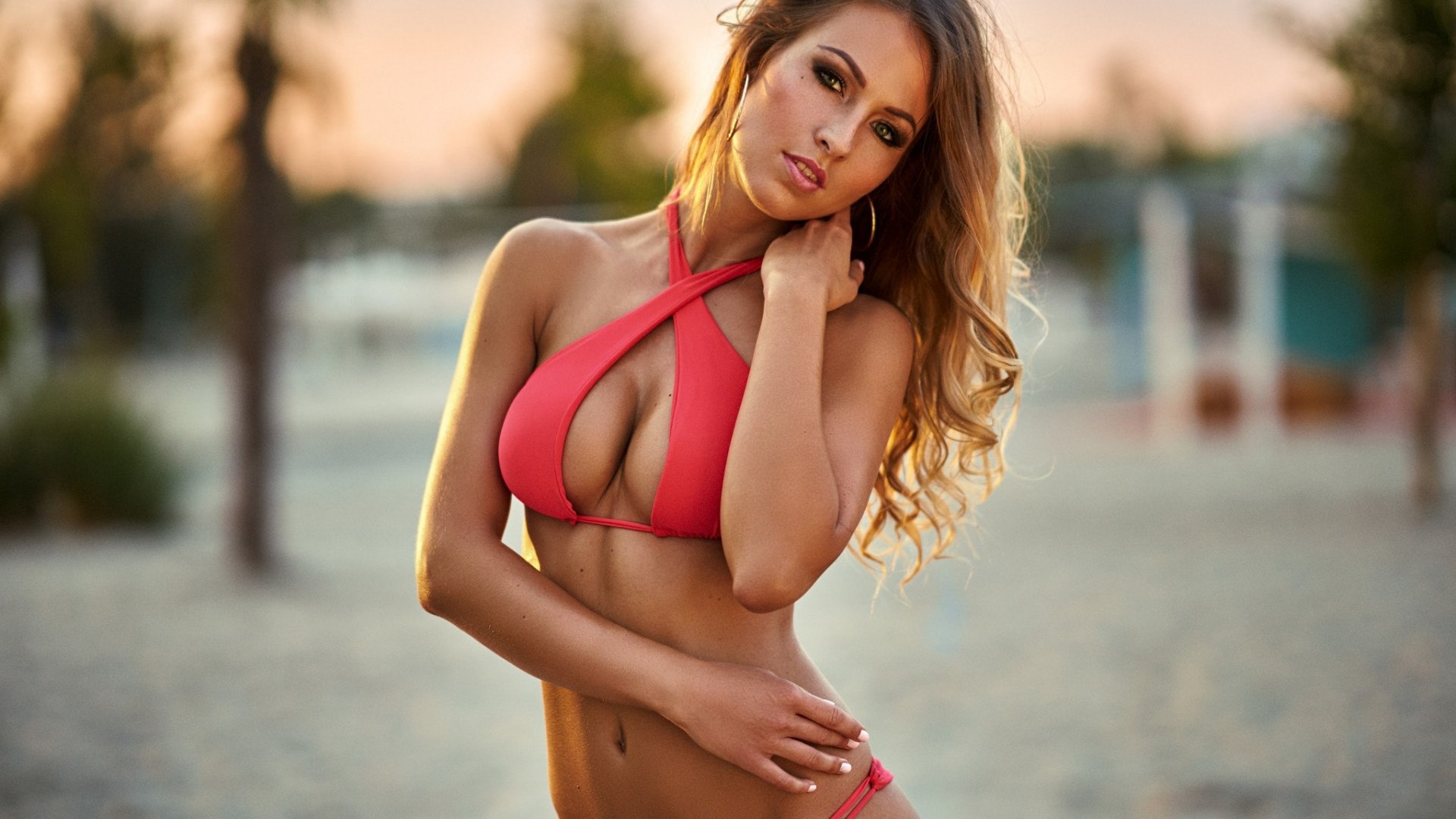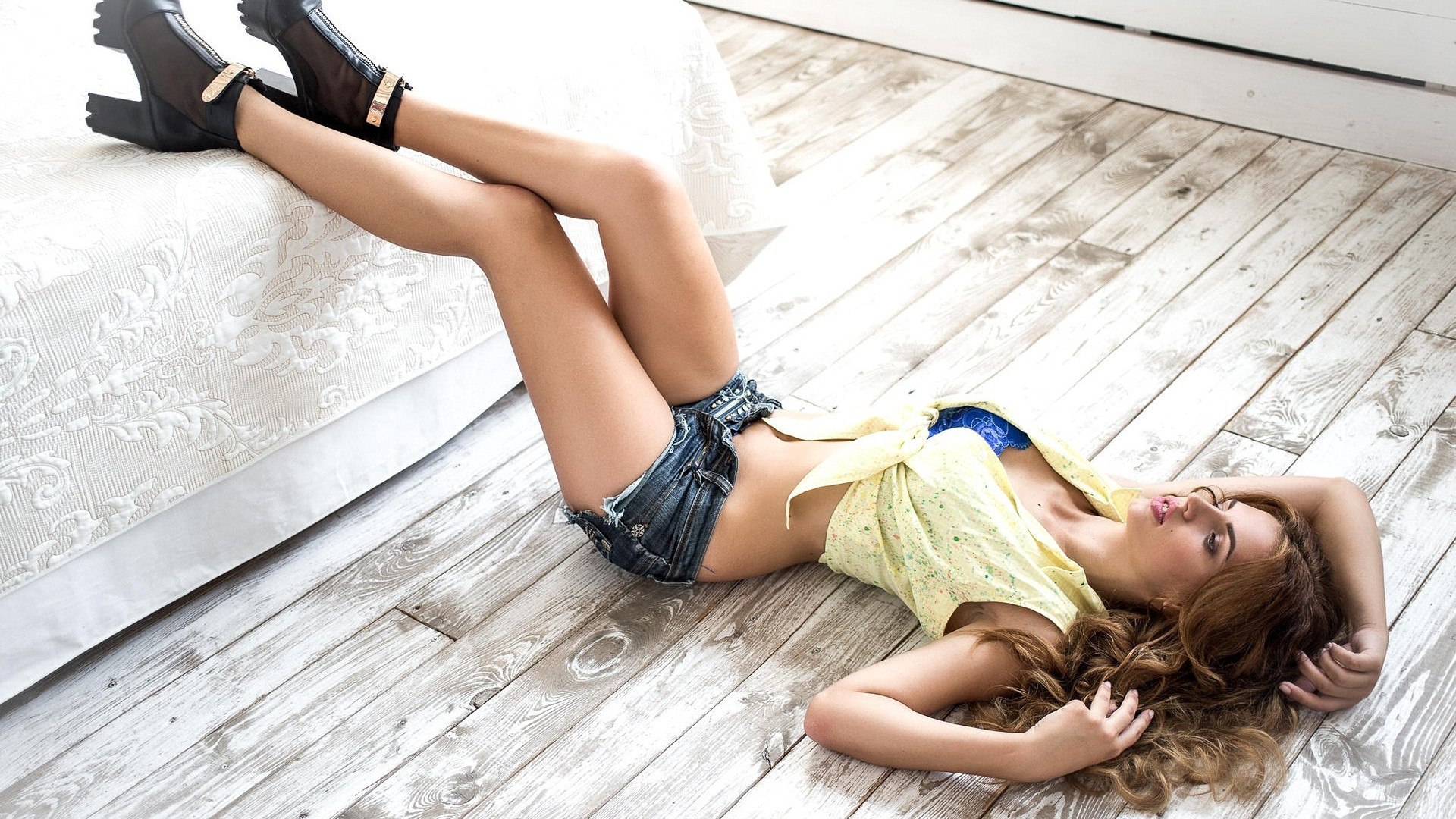Scottish brides have a very special tradition. They have a way of putting something old and something new together. Their weddings are very unique and the handfasting process is very important to them.
Legal and immigration procedures for scottish brides
If you are planning to visit Scotland to marry, you will need to follow the proper legal and immigration procedures. If you are a UK citizen, you can get married in Scotland without a visa, but if you are from outside the UK you will need a visa or permit before you arrive. Getting a visa can be a complicated process, so it is best to seek the advice of a trusted immigration expert.
The first step is to give a notice to the district registrar in your home country. This is usually the most straightforward part of the process. You can also contact a Scottish Registrar if you are not sure where to begin. Generally, these people are happy to help and they will be more than willing to guide you through the whole process.
You may be required to complete a marriage schedule if you are having a religious or belief ceremony. This schedule acts as a licence for a religious body to perform your marriage. To have this done, you must collect it in person before the ceremony.
A prenuptial agreement is a formal written agreement that sets out the wishes of both partners. It also outlines the division of assets if the marriage ends. While a prenuptial agreement is not a requirement for getting married in Scotland, it is generally considered legally enforceable.
Symbols of strength and unity

Scottish brides have some special symbols to make their wedding day memorable. These include the oathing stones, which are a touching gift from friends. They are symbolic of the couple’s new life together.
The wedding ring is another symbol of love and commitment. The ring is worn by the bride and groom to signify their vows. It also symbolizes eternal love.
Another common symbol is a quaich, which is a two-handed silver bowl that is topped with whisky. It is one of the oldest traditions of marriage in Scotland. After the legal ceremony, the quaich is passed around the wedding party.
Another tradition is the cutting of a cake. This symbolism represents the sweet life that the newlyweds will experience together. A wedding cake is also a symbol of commitment to each other and their future.
Another way to symbolize unity is through tattoos. There are many different types of tattoos to choose from. Some popular options include a bull tattoo, which is symbolic of strength and prosperity. Other popular designs are the butterfly and the dragonfly, which are symbols of royalty and wisdom.
In ancient times, the peal of bells was a means of driving away evil spirits. In a Scottish wedding, the bride and groom often kiss each other after the exchange of wedding rings.
The something old and the something new
For Scottish brides, the something old and the something new has been an important part of their wedding. It’s a tradition that’s been carried on for centuries.

In the early days, brides would wear plain white robes to their weddings. But they also expected to wear something blue. This symbolized purity and constancy.
Something old and something blue was also a protection against the evil eye. The Evil Eye, an ancient omen of bad luck, is believed to have affected the lives of many brides in the past. Wearing items from each category could ward off the omen. However, if the bride looked in the mirror before the wedding, she wouldn’t give up all of herself to her new husband.
Today, “something old” and “something blue” are used by some brides as a means to pay tribute to a loved one. They may choose to wear a pair of shoes belonging to their loved one, or a fabric from a wedding dress.
Another way to incorporate the traditional superstition into your wedding is by wearing a special jewelry piece. A ring is a symbol of love and commitment, and a necklace can be a cherished reminder of a favorite loved one.
Cake pull charms
Cake pull charms are a great way to add a special touch to your wedding cake. They are also a great keepsake to give to your bridal party. These charms come in a variety of shapes, colors and designs. You can choose to have one with a traditional meaning or one that has more modern meanings.
In Scotland, there is a long tradition of decorating wedding cakes with inedible ornaments. Many of these ornaments are made of ash, feathers, and treacle. The groom’s clothes are also covered in these materials.
There are many variations of the wedding pull ritual in other countries. It is also common in the Southern United States. One popular variation involves a baker hiding a trinket in the bottom of the wedding cake. This means that guests who are lucky enough to eat the cake will be able to discover its fortune.

The wedding pull ritual originated in Victorian times, but the custom has evolved over the years. New Orleans is particularly known for its customary confections, and the charms used are often heavily influenced by the local culture.
Today, the charms that are used in the wedding pull are typically sterling silver, gold, or glass. They are often wrapped in thin ribbons. Some of the more commonly used charms include fleur-de-lis, streetcars, oysters, and jesters.
Speerin tradition
The Speerin is a Scottish tradition that takes place before a bride is married. It consists of a series of trials for the groom. He must pass the tests in order to earn the approval of the groom’s father. This ceremony can be complicated and requires a lot of effort.
In the past, the groom walked around with a basket full of stones. This was considered a good luck symbol as it was believed that the basket would fall across the door of the church and bring prosperity.
A rosette or crest of another family was fastened to the groom’s tartan. White heather is also common in Scotland and is thought to bring good luck.

Another Scottish wedding tradition involves a “wee dram” of whisky to the piper. Piper’s music is thought to protect the bride and groom from evil spirits. Usually, the piper is paid before the reception.
On the day of the wedding, the bride and groom are escorted around the town. They are followed by friends. At this point, the friends bang pots and pans and herald the day’s events.
Traditionally, the wedding dress was purchased by the groom. If the bride did not wish to wear the same clothing as her father, the groom paid for her wedding dress.
Handfasting
If you are getting married or engaged in Scotland, you might be interested in a handfasting ceremony. This ancient Celtic tradition is popular in both modern and traditional weddings, and can add a special element to your special day.
Handfasting is an ancient Celtic ritual that involves tying two hands together. It symbolizes a union of the souls. The handfasting can also represent the binding of families and relationships.
It is not a legal marriage, but it is a beautiful way to declare your love. A handfasting is usually performed by an officiant, and a couple may choose to include other aspects of the ceremony.
For many couples, the handfasting is a memorable part of their wedding ceremony. You can choose to tie a single knot, or you can create a long ribbon that you wrap around your joined hands. Depending on your preference, you can also include important people in the ceremony.
You can choose to use a quaich cup to drink from during your handfasting ceremony. This cup is known as a “love cup” because it symbolizes the joining of family and friends.
While there is no real legal definition of handfasting, it is considered a Scottish Celtic tradition. Many cultures around the world have ties to handfasting. In fact, it is believed to have originated in pre-Christian times.